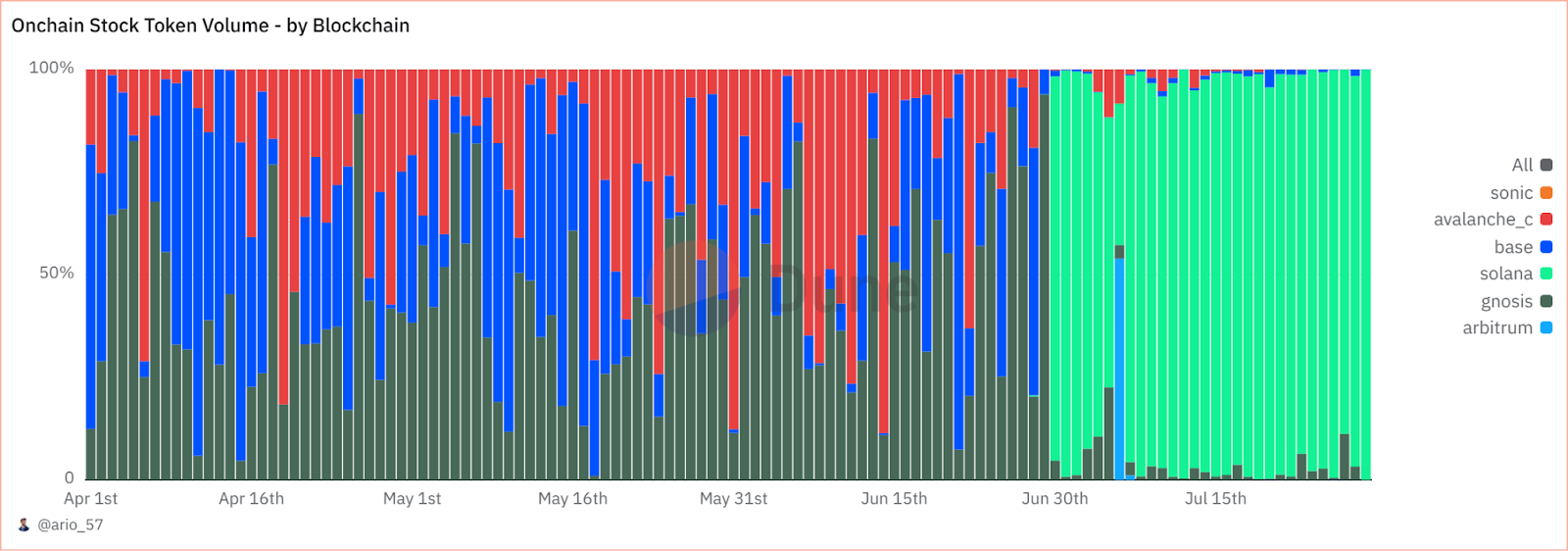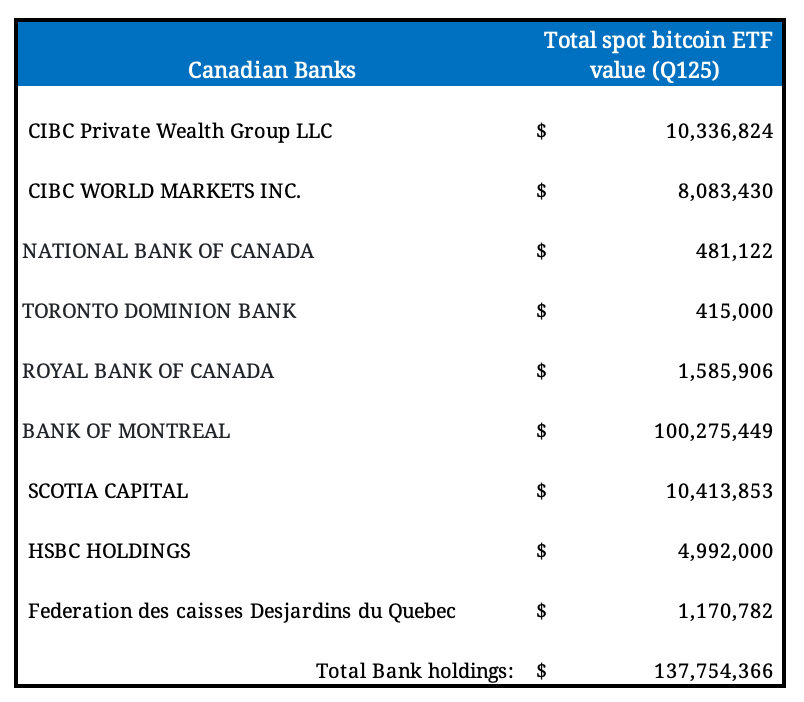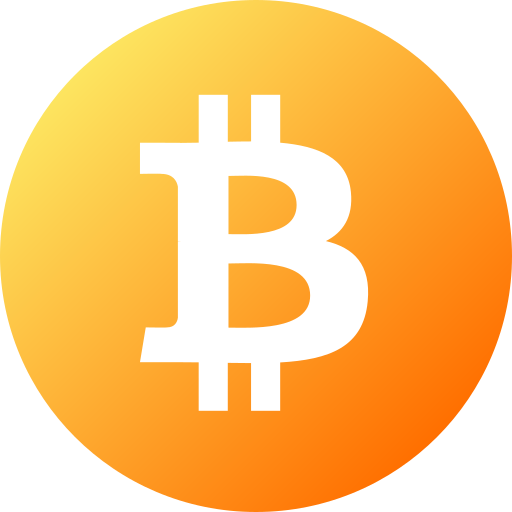CoinDesk Indices, Solana, CoinDesk Indices, Crypto for Advisors, DeFi, Financial Advisors, News Bitcoin leads the way, but a new wave of blockchains offers compelling opportunities with applications that are growing and generating revenues.
In today’s Crypto for Advisors newsletter, Samantha Bohbot, partner and chief growth officer from RockawayX breaks down decentralized finance and the differences Bitcoin, Ethereum, and Solana bring to this space.
Then, Kevin Tam answers questions about institutional investment in crypto ETFs and notes some global trends in “Ask an Expert.”
Webinar alert: On September 9 at 11:00am ET join Michelle Noyes from AIMA and Andy Baehr from CoinDesk Indices as they discuss building a sustainable business in the cyclical markets of crypto. Register today. https://aima-org.zoom.us/webinar/register/4917558078322/WN_3jAGIrqMTK2z7e74q5bkWg#/registration
Event alert: CoinDesk: Policy & Regulation in Washington D.C. on September 10th. The agenda includes senior officials from the SEC, Treasury, House, Senate, and OCC, plus private roundtables and unparalleled networking opportunities. Use code COINDESK15 to save 15% on your registration. http://go.coindesk.com/4oV08AA.
Sectors Beyond Bitcoin: Ethereum, Solana and On-Chain Economies
Bitcoin may dominate the crypto conversation as the most established digital asset, but today’s landscape presents many compelling opportunities to investors.
Outside of Bitcoin, blockchains power applications that delight global users, generate meaningful revenues, and are growing impressively.
Bringing Global Finance On-Chain
Tokenized real-world assets (RWAs) refer to the issuance and trading of traditional instruments like stocks, bonds, commodities, and alternative assets on blockchains. The perks of doing so are substantial. Settling asset trades on-chain is nearly instantaneous; anyone, anywhere can participate (if the issuer allows it), and transactions are transparent, making them easier to track and automate.
Today, nearly $300 billion in tokenized assets are on-chain. Boston Consulting Group predicts the market will reach $600 billion by the end of the year and $19 trillion by 2030. Recent RWA deployments are showcasing blockchains’ potential to transform traditional markets.
In bridging traditional assets and on-chain use, blockchains act as marketplaces, with typical “chicken and egg” dynamics. Namely, issuers want to go where the active users are, and users flock to the site of the new and best products.
Ethereum was the natural starting point. Stablecoins like USDC and USDT first launched there, giving Ethereum the deepest pool of tokenized dollars and the majority of today’s on-chain RWA value.
Solana is a top contender for RWA activity, and recent launches showcase blockchains’ potential to swiftly transform traditional markets. Kamino Finance, Solana’s leading borrowing and lending application, enables users to easily borrow against their holdings in xStocks, tokenized stocks of Apple, Tesla, and other companies. Since xStocks launched across blockchains on June 30, Solana has accounted for an average of approximately 93% of daily trading volume.

On-chain stock token volume by blockchain | Source: Dune Analytics
Solana’s dominance in global developer activity and active users (more than double that of the next chain) gives it an edge in courting asset issuers, while successfully onboarding them and unveiling new on-chain products will reinforce this activity.
More broadly, DeFi continues to grow, with greater diversity in on-chain products and institutional-grade offerings. Catering to sophisticated portfolios, builders work on products that integrate stablecoins, RWAs, and / or yield mechanics to create appeal to different risk preferences.
Ethereum currently leads the sector, with over $94 billion in total value locked (TVL) and thousands of protocols. While retaining the industry’s deepest liquidity is an advantage, there’s more to DeFi than TVL.
The Solana DeFi protocol’s total value locked (TVL) recently surpassed approximately $10 billion. In a sign that the TVL reflects real and valuable use, Solana’s applications collectively earn more on-chain fee revenue than all other chains combined. Thanks to its speed and low costs, solana has established itself as DeFi’s active trading hub and consistently leads ether in decentralized exchange (DEX) trading volumes.
Beyond bitcoin’s crypto role as “digital gold,” both the Ethereum and Solana blockchains have emerged as core digital infrastructure, each with distinct advantages.
Ethereum is the original open computer, where builders first coded decentralized applications and foundational institutional projects launched.
Solana’s DeFi momentum is building. It’s the most used chain in the world already, and a hotbed for innovative DeFi products. Like Ethereum’s native ETH token, Solana’s SOL offers broad exposure to the ecosystem, meaning investors don’t need to pick individual application winners; instead, they can participate in the overall growth.
Ethereum and Solana’s long-term success depends on their being home to applications that deliver real value and, ultimately, disrupt legacy financial systems. If they can pull that off, then today’s prices may look like attractive entry points.
– Samantha Bohbot, partner and chief growth officer, RockawayX
Ask an Expert
Q. One year into the institutional investments in the crypto ETFs trend, how are Canadian banks and pension funds approaching bitcoin?
A. This quarter’s 13F filings reveal that Montreal-based Trans-Canada Capital has made notable investments in digital assets. It manages the pension assets for Air Canada, as one of the largest corporate pension plans in the country. The pension fund added $55 million in a spot bitcoin ETF.

Institutional adoption of bitcoin has accelerated over the past year, driven by clearer regulatory guidance, the launch of spot ETFs and increasing recognition of bitcoin as a strategic asset. Schedule 1 banks in Canada are holding more than $139 million in bitcoin exchange-traded funds, underscoring growing institutional demand and long-term positioning.

Q. How might institutional accumulation affect bitcoin’s market dynamics?
A. Last year, ETFs purchased approximately 500,000 bitcoin, while the network produced 164,250 new bitcoin through its proof-of-work consensus. This means ETF demand alone was three times the newly minted supply. Additionally, public and private corporations purchased 250,000 bitcoins. As governments consider including bitcoin in their strategic reserves, other entities are exploring the addition of bitcoin to their corporate treasuries.
Q. How will the Financial Conduct Authority (FCA) greenlighting retail access to crypto ETNs in the U.K. accelerate the retail & institutional adoption?
A. This marks an important moment for crypto products in the retail market as an asset class that reflects a broader shift in the U.K.’s regulatory stance toward digital assets. It is a complete reversal from a 2020 decision when the FCA banned crypto exchange-traded notes. ETNs will need to be traded on an FCA-approved investment exchange. The U.K. is shifting its approach to crypto as the government seeks to grow the economy and support a digital assets industry, sending a strong signal to institutional investors that the U.K. is positioning itself as a competing player in the global crypto market.
– Kevin Tam, digital asset research specialist
Keep Reading
- ETH reached a new all-time high on Sunday, Aug. 24, touching $4900.
- The U.S. Commerce Department plans to start releasing data and statics on blockchain.
- Thailand selects KuCoin to provide access to tokenized bonds.
CoinDesk: Bitcoin, Ethereum, Crypto News and Price Data Read More
